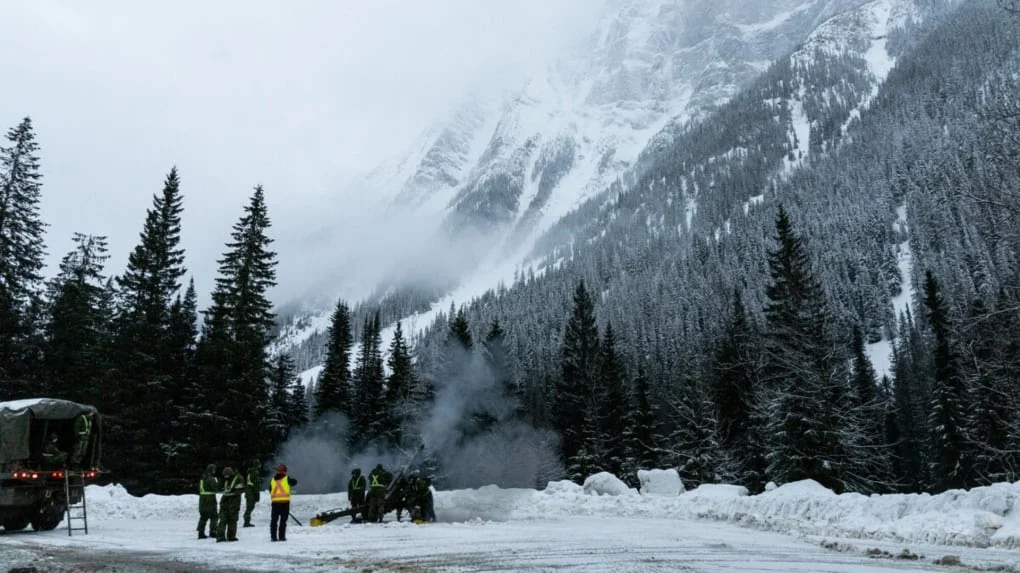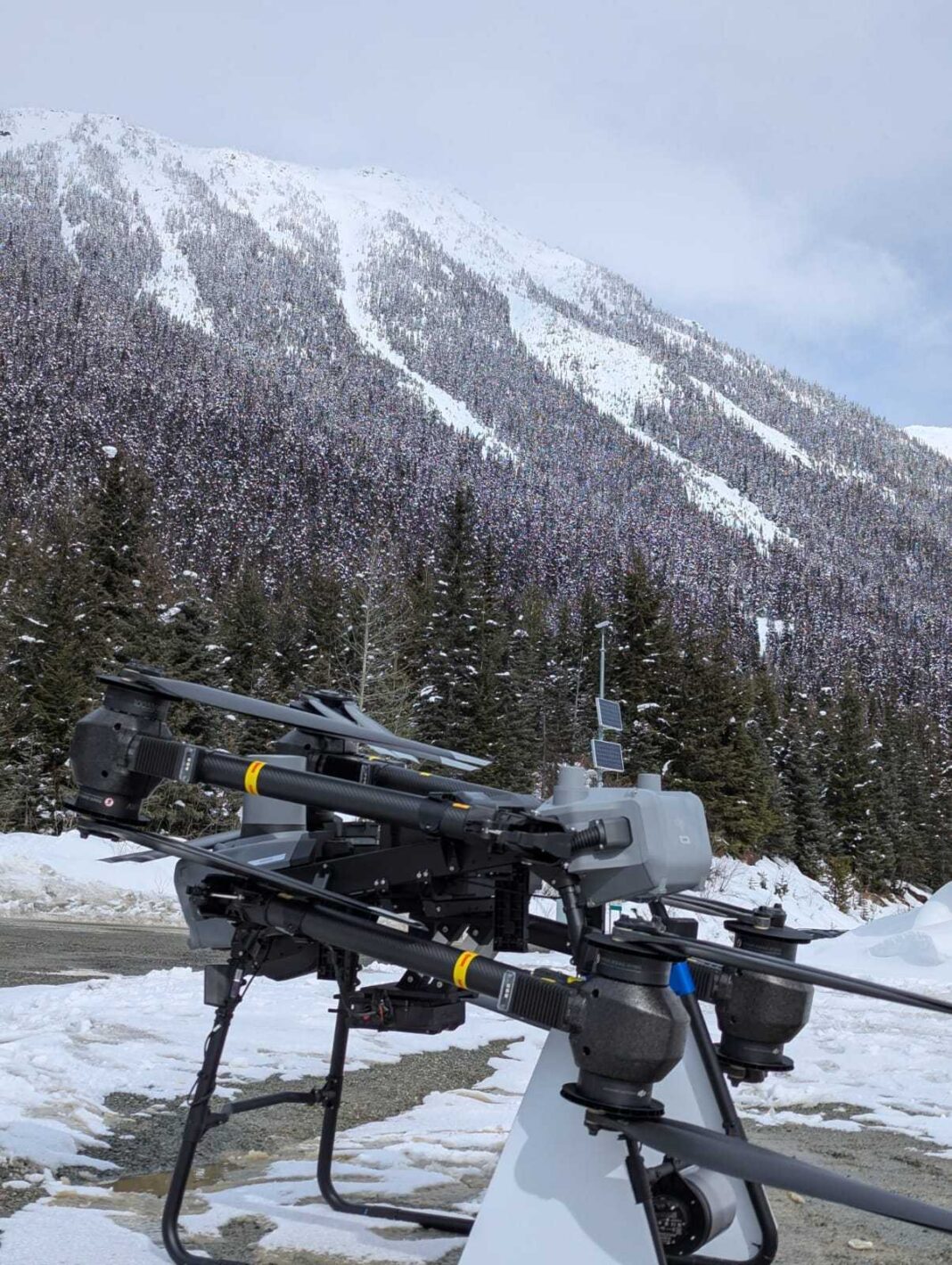Canada just cleared the way for high-tech snow safety — no helicopters, no howitzers, no danger zones.
For nearly 80 years, avalanche control in Canada has looked the same — crews firing WWII artillery, flying low in helicopters with explosives, or trekking into dangerous terrain. Now, a Canadian company is swapping the big guns for drone avalanche control.

AVSS, best known for its parachute recovery systems, has received nationwide approval from Transport Canada to use its SnowDart drone system for avalanche control. This means ski resorts, backcountry operations, and safety crews can send unmanned aircraft into slide paths to drop eco-friendly explosives with pinpoint accuracy — all without putting people in harm’s way.
The SnowDart is part of AVSS’s Precision Avalanche Management System (PAMS), combining autonomous flight planning, precise drops, and performance data collection. Developed over four years with federal backing, the system is now ready for commercial rollout to ski resorts, mining companies, and government agencies — and for export through AVSS’s global dealer network.
Why This Matters for Ski Resorts & Backcountry Safety
Traditional avalanche control is risky and expensive.
- Helicopters need skilled pilots flying low in dangerous weather.
- Howitzers still fire artillery shells into avalanche zones — a WWII-era method that’s barely changed.
- Remote Avalanche Control Systems (RACS) are effective but fixed in place and costly to maintain.
Drones offer a safer, cheaper, and more flexible option. They can fly in poor weather, cover new terrain, and keep crews far from slide paths — while still working alongside existing tools.
With approval now in place, AVSS aims to show that what once took heavy artillery or a helicopter can now be done in minutes, for a fraction of the cost, and without risking lives.




























